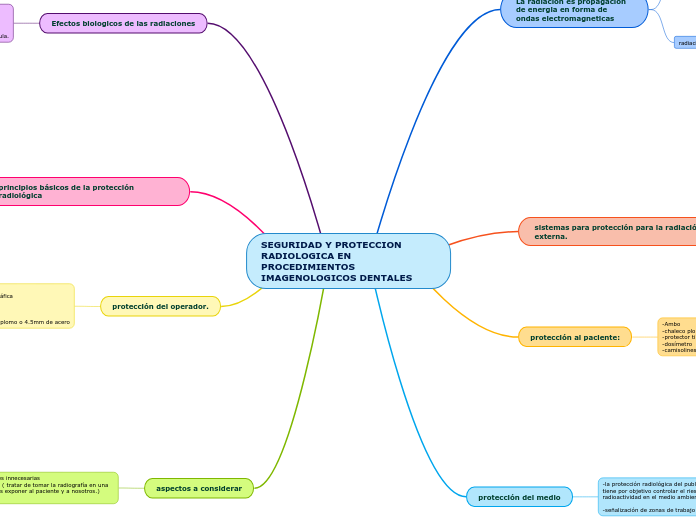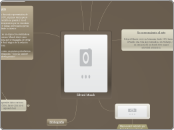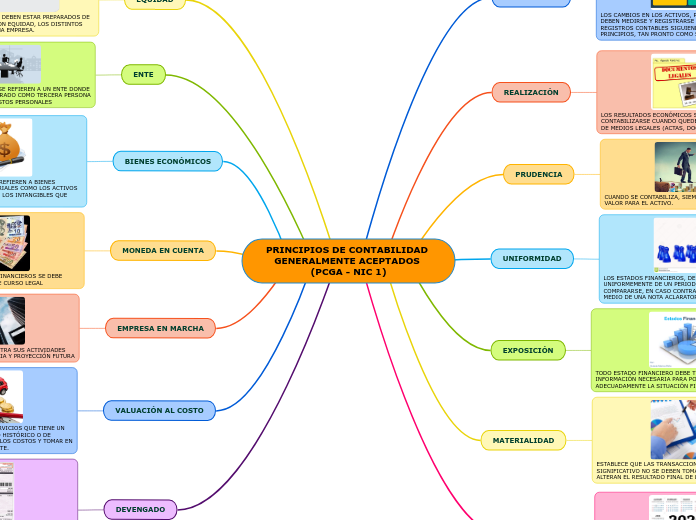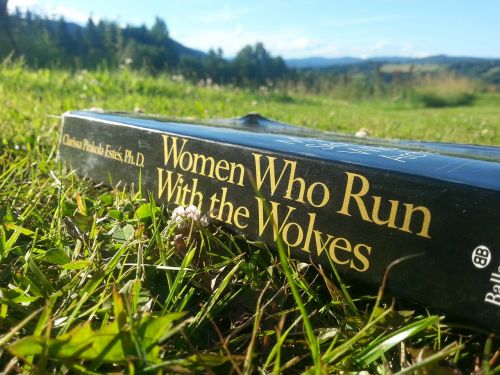a Willan Veintimilla 5 éve
370
Textos científicos

a Willan Veintimilla 5 éve
370

Még több ilyen


Szerző: aura carolina morales torres


Szerző: clara martinez


Szerző: Dany Herrera


Szerző: Yesmy Carol choquetarqui Camasita

To name your story, you have to think about the overall message and what you want your audience to understand from the story. Also, make it relevant and easy to remember.
Se refiere a un trabajo de menos extensión que se presenta para su correspondiente evaluación académica ya sea por una asignatura o obtención de titulo de grado.
Se trata de un trabajo de varios años de estudio y por lo general se presenta en una universidad para obtener un titulo.
Se refiere a una proposición que puede ser sostenida o demostrada mediante pruebas y razonamientos.
Introducción, desarrollo, conclusión y referencias bibliográficas.
Tipos de informe:
Informe de lectura: se trata de un resumen de lecturas realizadas puede ser más o menos exhaustivo, elaborado consultando fuentes bibliográficas.
Informe de laboratorio: se especifica qué se hizo, para qué, cómo, con qué resultados y qué se aprendió de la experiencia.
Informe de investigación: tiene como objetivo hacer públicos los recursos de una investigación y ponerlos al alcance de la comunidad científica.
El informe de tareas: se produce en diferentes ámbitos laborales y de estudio con el fin de que quienes ejercen una actividad.
Informe de investigación Informe de avance Informe de lectura
Informe de clase Informe de laboratorio
Estructura y contenido: existen muchos tipos de informes pero nunca puede faltar una introducción, un desarrollo y una conclusión. Este informe se expone de forma objetiva, clara y ordenada el conjunto.
The ending of a story is essential. We all know that if the ending is weak, what happened before loses its importance. So make it unpredictable, but fair. A resolved ending answers all the questions and ties up any loose threads from the plot.
This is the moment when the main character surpasses the last obstacle and finally faces their greatest challenge.
The climax usually follows one of these patterns:
Type in your answer.
The middle of the story is where you add layers of complications that will lead to the end. Reveal more about the character's journey. Did their personality go through changes? How did they overcome the challenges? And as you build up the story’s central conflict, make it more personal to that character. Also, from the middle act, you have to lead into the final act.
There wouldn't be any tension and excitement in your story if there weren't any obstacles in your character's way.
Your character(s) need(s) motivation in order to solve the challenge(s).
Secondary characters also might have motivs beacuse of which they may cross path with main character or which might trigger them to help the main character.
Secondary characters might also have motives that lead them to cross paths with the main character or which might trigger them to help the main character.
Why does your character need to confront this challenge? What does he/she expect to accomplish by solving it?
See a few examples:
Each story has a main character and that character usually needs to solve a problem or challenge. The character's challenge is the one that creates tension throughout the story.
In the beginning of the story (or the exposition), you will need to introduce the setting and characters. You might also want to introduce the main conflict. This part of the story is important because it gives the reader necessary background information and maybe even a first insight into a character’s personality.
Colocación: agrupar palabras que pertenecen a un campo semántico común.
Reiteración: repetición de una misma palabra, sinónimo, antónimo o una palabra en general.
Conjunción: indica de qué manera lo que sigue se relaciona con lo ya ha sido mencionado.
Elipsis: elimina un elemento que ya apareció mencionado.
Sustitución: remplazar una expresión por otra
Referencia: sestablece a través de pronombres, Según el lugar en que se encuentre esa expresión, la referencia puede ser.
Anafórica, catafórica, endofórica, exofórica
The setting (time & place) of a story can change throughout the plot.
Your story can take place wherever your imagination will take you to.
For example: in an elevator, in an enchanted forest, etc. Don't forget to give details of the environment each time the setting changes, otherwise, the story can be confusing. Also, mention the seasons as each of them has unique weather and events.
Modo: canal por el que se transmite el texto (oral, escrito), tipo de texto (narrativo, conversacional), y el registro (la variedad del dialecto elegido).
Tenor: conjunto de relaciones sociales que existe entre los participantes (docente-alumno, amago-amigo).
Campo: es la acción social que se podue el texto (dar unan clase, conversar con un amigo).
Characters are essential to a good story. Usually, the protagonist(s) is/are the most affected by the plot. Introduce a character by focusing on their actions, interests, and occupation, as the physical appearance doesn't make a difference in most cases.